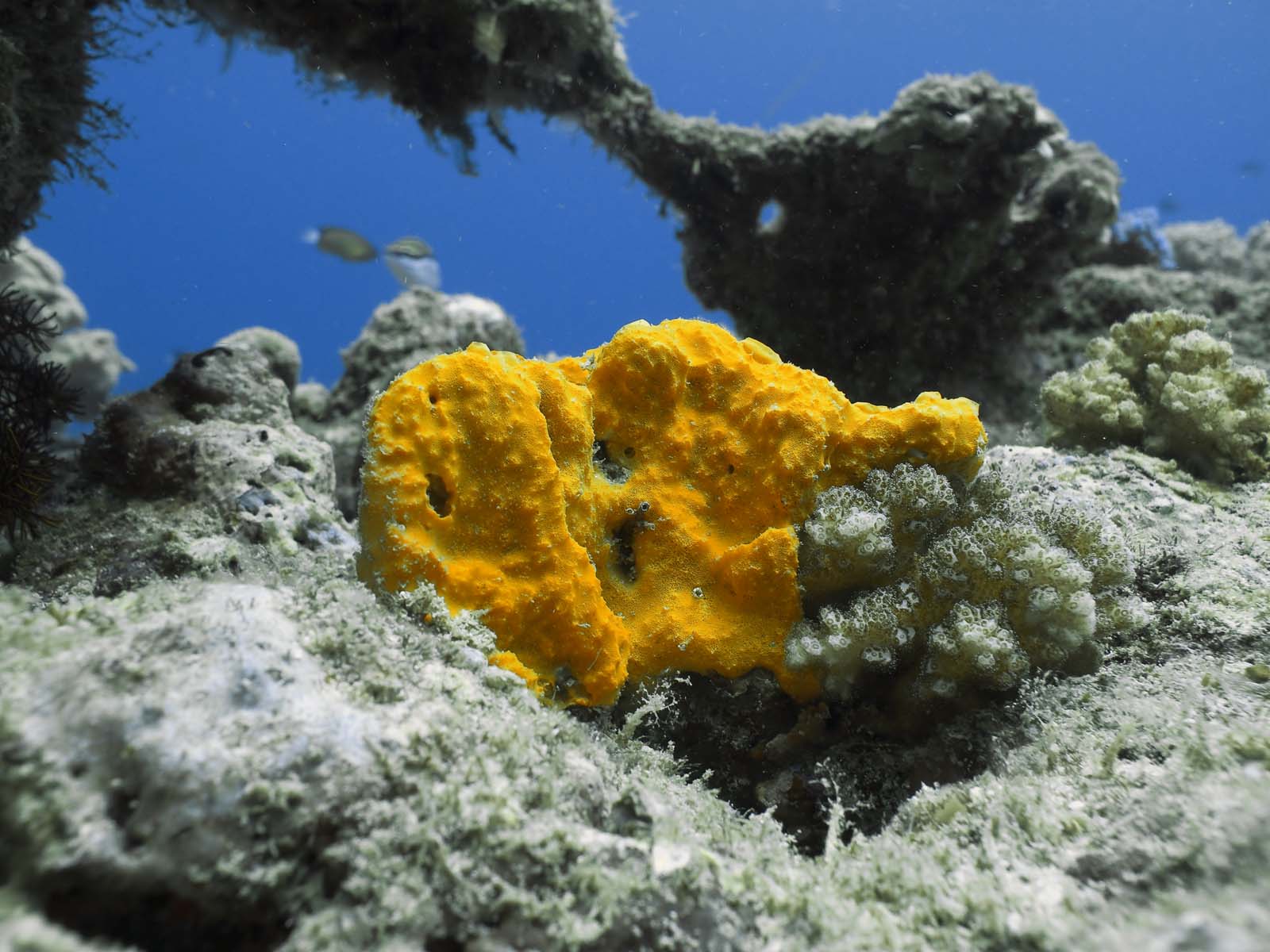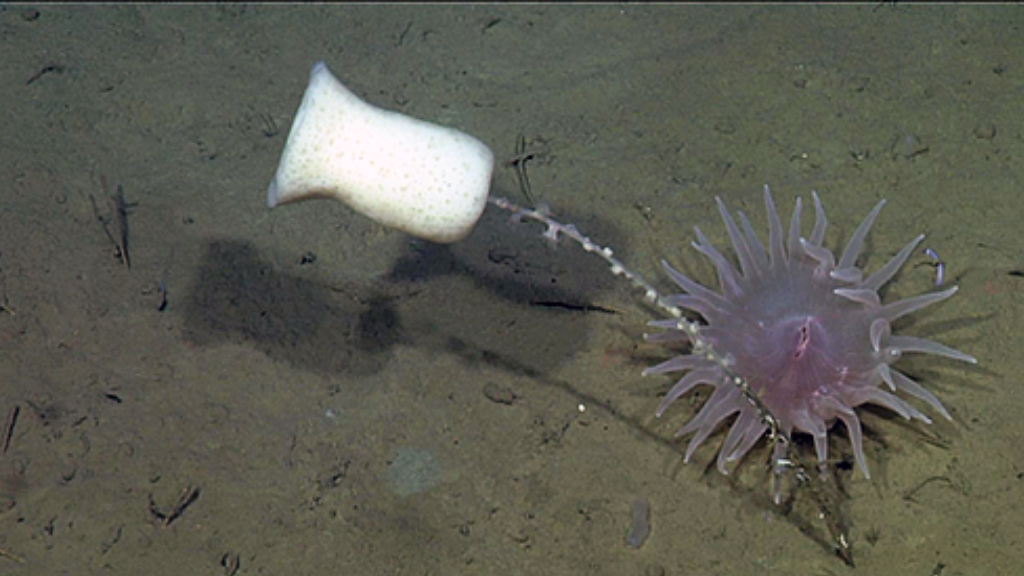
They can release blockages from sand, rocks, and other sediments through contractions. Impressively, sea sponges can actually move their bodies despite not having a brain, active neurons, or any significant tissue.

The sponge’s porous exterior is another key characteristic of its appearance. These skeletons tend to be made of calcium carbonate or silicon dioxide. The internal anatomy of sea sponges, similar to many coral species, is made up of a skeleton. They come in a variety of colors and shapes. However, incredibly they have no organs and do not have a tissue.

These similarities consist of being multicellular, having no cell walls, being heterotrophic, and producing sperm cells.

One of the most interesting aspects of the sea sponge is that it has many similarities to traditional animals but lacks some very key elements.


 0 kommentar(er)
0 kommentar(er)
